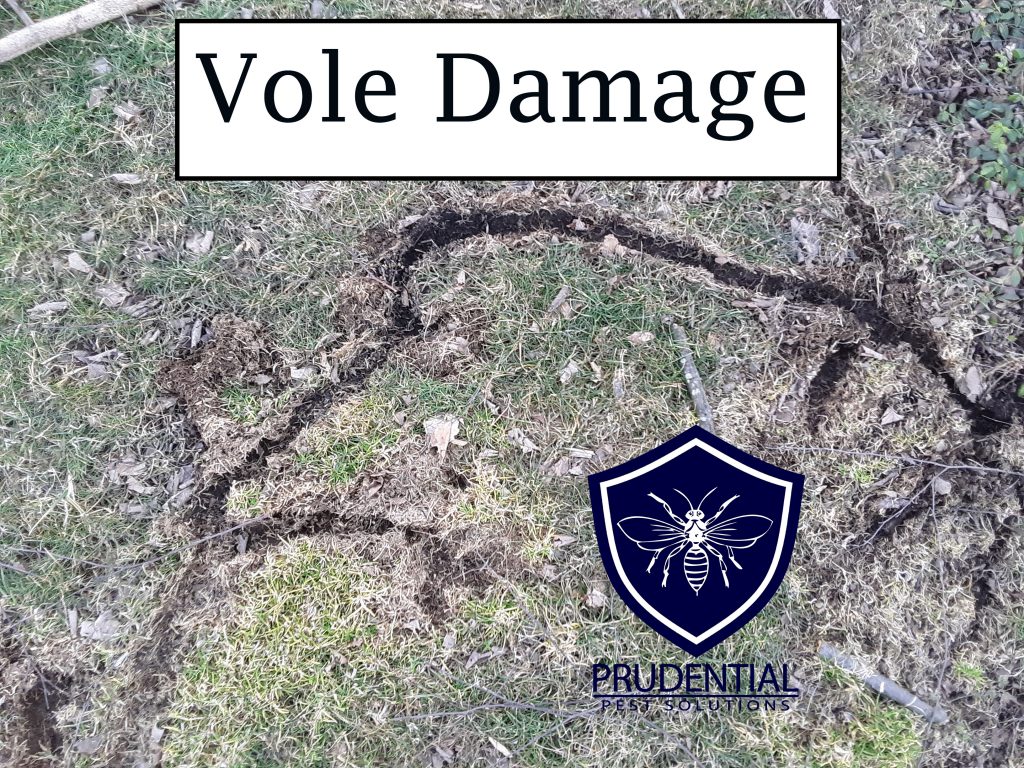Comprehensive Overview to Reliable Vole Parasite Control: Invasion Recognition and Therapy Methods
In the realm of effective pest control, vole problems position a special difficulty that demands a strategic method. By discovering the nuances of vole behavior, understanding essential signs of infestation, and assessing a range of control choices, one can establish a thorough technique to fight these elusive insects.
Understanding Vole Actions
Vole habits is identified by their delving practices and fast recreation prices, making them a challenging parasite to regulate effectively. These little rodents commonly produce elaborate passage systems underground, utilizing them for shelter, food storage space, and transport. Voles are herbivores, consuming a selection of plants, roots, bulbs, and turfs, which can trigger significant damages to yards, orchards, and lawns. Their quick reproductive rate further makes complex control efforts, with ladies capable of creating several litters in a single year, each consisting of numerous spawn.
Voles are most energetic throughout the very early morning and night hours, spending the majority of their time foraging for food. Their burrowing routines not only disrupt gardens and lawns yet likewise make them challenging to get rid of and find. Comprehending vole actions is critical for efficient bug control strategies. By identifying their burrow locations, keeping track of feeding areas, and implementing targeted control techniques, such as capturing or environment alteration, vole problems can be managed efficiently.
Indicators of Vole Problem

Prevention Methods
Implementing efficient prevention approaches is important in minimizing vole problems and safeguarding plant life from their damaging feeding practices. To prevent vole infestations, it is vital to start by getting rid of possible food sources and shelter.
On a regular basis checking the residential or commercial property for signs of vole task, such as paths and delve openings, is essential for early discovery and timely activity. If vole task is thought, think about making use of catches or repellents tactically put near their pathways.
Non-Lethal Control Methods
To efficiently manage vole populaces while focusing on humane methods, non-lethal control methods supply practical solutions for reducing vole damage pop over to this site in yards and landscapes. These barriers can be buried at least 12 inches deep and curved at a 90-degree angle to stop voles from burrowing underneath.

Lethal Control Options
One efficient approach for addressing vole infestations in yards and landscapes involves the tactical use of lethal control choices. When faced with a severe vole infestation that non-lethal methods have stopped working to have, carrying out dangerous control procedures comes to be crucial. Generally, when utilizing lethal control choices, it is essential to do so sensibly and in accordance with click site neighborhood regulations to effectively handle vole invasions.
Final Thought
Finally, effective vole pest control needs a thorough understanding of vole behavior, recognition of indications of problem, implementation of avoidance techniques, and use of both non-lethal and lethal control approaches. By integrating these techniques, people can successfully manage vole populaces and protect their building from damage. It is very important to deal with vole infestations promptly to avoid further problems and lessen the influence on the surrounding setting.
Offered the complex passage systems and rapid reproduction prices characteristic of voles, acknowledging the signs of vole problem ends up being necessary in effective parasite control. One of the key indicators of vole visibility is the existence of surface runways or routes in lawn or snow, generally regarding 1-2 inches wide, produced as voles travel between their burrows and food find here sources.To properly handle vole populaces while focusing on humane methods, non-lethal control techniques supply sensible services for minimizing vole damage in gardens and landscapes.One effective technique for addressing vole problems in landscapes and yards involves the calculated use of deadly control alternatives. vole pest control.In verdict, effective vole parasite control requires an extensive understanding of vole actions, recognition of signs of infestation, implementation of avoidance methods, and use of both non-lethal and dangerous control techniques